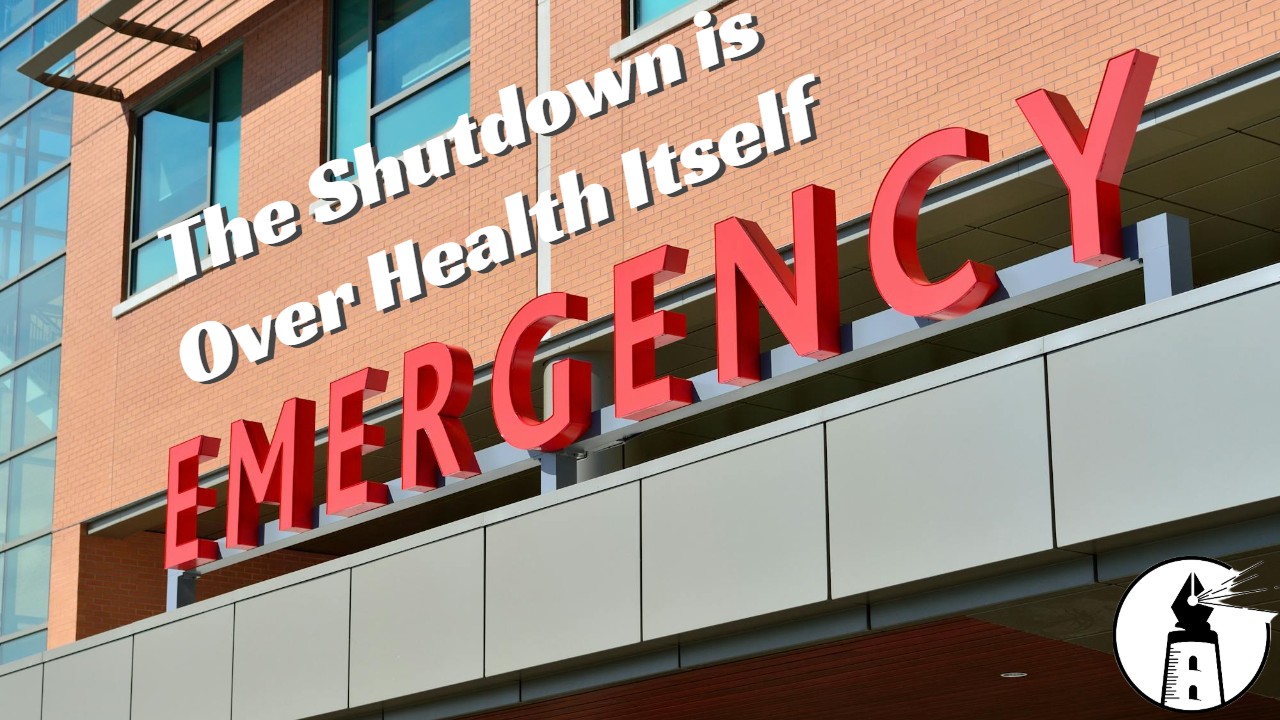The ongoing federal government shutdown has entered its second month, driven largely by a standoff over the future of the Affordable Care Act’s (ACA) enhanced premium tax credits. The Trump administration has made clear its intent to let these Biden-era subsidies expire as part of the broader fiscal agenda outlined in what it calls the “Big Beautiful Bill.” The measure, passed earlier this year, included sweeping tax cuts and funding increases for border security but omitted the renewal of the enhanced ACA subsidies—creating a budget impasse that has left millions of Americans in financial limbo as open enrollment begins.
The Return of the “Subsidy Cliff”
When President Biden signed the enhanced ACA subsidies into law in 2021, the change effectively eliminated the long-criticized “subsidy cliff.” Under the original ACA framework, Americans earning above 400% of the federal poverty level—roughly $64,000 for a single person or $128,000 for a family of four—were ineligible for financial assistance. The 2021 expansion lifted that limit and capped premiums at no more than 8.5% of household income.
The enhanced credits helped millions of self-employed workers, early retirees, and middle-income families afford coverage for the first time. Since their introduction, ACA enrollment has more than doubled nationwide, growing from around 11 million to more than 24 million people. Now, with the enhanced subsidies set to expire at the end of 2025 and no congressional deal in sight, many of those same enrollees are confronting staggering premium increases for 2026.
A Nation Experiencing Sticker Shock
According to analyses by the health policy group KFF, premiums are projected to rise by an average of 114% nationwide if the subsidies lapse. Some states are already reporting dramatic cost spikes during early enrollment. In California, more than 1.7 million residents are facing average premium increases of 97%, while a family of four earning $55,000 could see their annual cost jump from $462 to $2,866.
In states using the federal marketplace, insurers have raised rates by roughly 30% on average, citing a mix of medical inflation, drug costs, and uncertainty over future enrollment. Even in state-run markets, prices are expected to climb about 17%.
Policy analysts warn that millions of Americans are already feeling the effects of what one healthcare leader described as “catastrophic.” Health centers across the country report that patients are being forced to choose between paying for health insurance and basic living expenses. Early retirees, small business owners, and gig workers—groups disproportionately dependent on marketplace coverage—face particularly steep hikes.
The consequences could be far-reaching. Without an extension, the Congressional Budget Office projects that at least two million people could lose coverage next year, while others may downgrade to higher-deductible plans or forgo insurance altogether. Even if Congress eventually acts to restore the subsidies, experts caution that many consumers will have already made their decisions for 2026.
Political Deadlock and Economic Reality
Democratic lawmakers argue that extending the subsidies is essential to preventing a national coverage crisis. Senate Majority Leader Chuck Schumer and other Democratic leaders have insisted that renewal must be part of any agreement to reopen the government. House Speaker Mike Johnson and Republican leadership maintain that the issue should be negotiated separately, framing the subsidies as an unsustainable federal expense.
The political debate obscures a deeper truth: the United States remains the only economically advanced nation in the world without universal healthcare. Every other high-income country guarantees medical coverage as a basic right, funded through taxation or public insurance systems.
The Universal Healthcare Argument
Critics of the ACA subsidy model note that it continues to tether health security to market forces—leaving coverage and affordability subject to partisan negotiation. The volatility seen this year underscores the fragility of a system that depends on political will rather than universal access.
If the U.S. adopted a national healthcare system comparable to those in Canada, Germany, or the United Kingdom, the total amount most Americans pay through taxes would likely be less than what they currently spend on premiums, deductibles, and out-of-pocket costs. Studies from multiple independent research organizations have consistently shown that a single-payer or public universal model would reduce per-capita spending while expanding access to care.
In other developed nations, citizens pay higher taxes but face no premiums, no medical bankruptcies, and no fear that a change in administration will determine whether they can afford to see a doctor. By contrast, Americans shoulder the world’s highest healthcare costs while experiencing some of the widest disparities in outcomes.
The Cost of Inaction
The debate over ACA subsidies is more than a partisan skirmish—it’s a test of whether the United States is willing to view healthcare as a public good rather than a political bargaining chip. The millions of Americans logging into HealthCare.gov this month are not policy abstractions; they are families, small business owners, and retirees navigating an uncertain system that was never designed to withstand permanent gridlock.
Until healthcare is guaranteed as a universal right, moments like this will continue to repeat—each time threatening to push more Americans into debt or out of coverage entirely. Universal healthcare would not only provide stability; it would ensure that the health of the nation no longer depends on the outcome of a budget negotiation.
—Greg Collier
Further Reading
- 10TV: “ACA premiums could spike as subsidies set to expire”
- SFGate: “California health care costs skyrocket as Republican plan ends Biden-era tax credit”
- The New York Times: “Obamacare prices to rise as subsidies set to expire”
- CNBC: “ACA open enrollment starts amid deadlock over enhanced subsidies”



